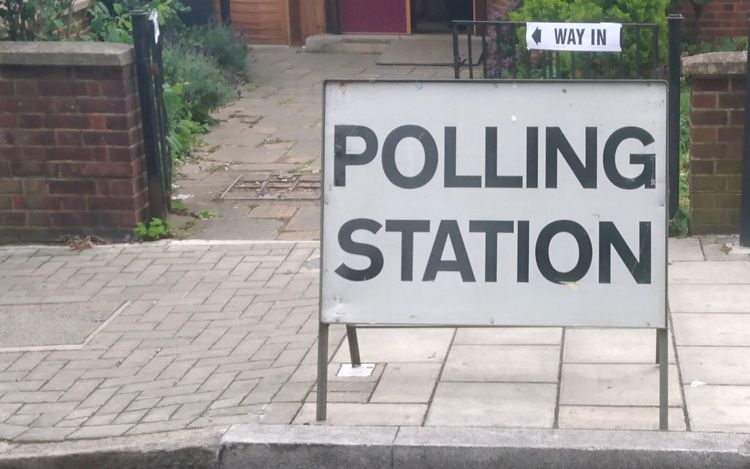The WeThink Election 2024 Methodology

‘24
By: Brian Cooper
WeThink and our general election 2024 voter intention methodology
For our nationally representative voter intention surveys, we poll solely online, and for constituency level polling we may also poll face-to-face or via telephone, and since we began polling for voter intention back in August 2022, we made a specific decision to be what is termed a “Nowcaster” - to treat respondents' answers, when asked their voting intention, as legitimate responses. This means a “don’t know” is a “don’t know” and a “I will not vote” means just that.
As the timescale gets closer to the election, then the number of people who state either of these two options will naturally decline.
Consequently, we refrain from constantly adjusting our polling methodology based on historical voting patterns or demographic predictions. Instead, we prioritise current, real-time data to provide the most accurate polling we can.
What changed since the general election was called?
Our standard voter intention question consisted of…
Thinking about UK General Elections. If there were a UK General Election tomorrow, how likely is it that you would vote?
- Very likely that I would vote
- Fairly likely
- Neither likely nor unlikely
- Fairly unlikely
- Very unlikely that I would vote
- Don't know
Followed by…
And if there were a UK General Election tomorrow, which party would you vote for?
At this point, we listed out all of the parties on one screen, with SNP and Plaid Cymru being visible to those in Scotland and Wales respectively - we prompt every party and don’t split onto separate screens.
These questions have now changed to…
Thinking about the UK general election on Thursday 4th July, how likely is it that you would vote?
- Very likely that I would vote
- Fairly likely
- Neither likely nor unlikely
- Fairly unlikely
- Very unlikely that I would vote
- Don't know
Followed by…
And which party will you vote for?
With named candidates for all Conservative, Labour, LibDem, Green Party, Reform UK, and SNP constituencies and select ones for Independents and Workers Party of Britain
Sampling
A standard voter intention poll will usually land somewhere between 1,000 and 1,500 completed interviews - their opinions being used to represent the wider UK public.
However, to ensure this sample is representative, we apply quotas on demographic variables such as age, gender, region, a form of social class etc. which ensures we are able to match the final data to the adult population. If any of the cohorts are under or over represented, then we apply a weighting value to bring the final results in line.
We sample and set quotas to age, including specifically 65-74 and 75+ age groups to ensure we capture the difference in this age split - which is important in a voter intention poll.
Weighting and turnout
We weight to the following targets:
- Age
- Gender
- Education
- Interlinked age, gender, and education
- Ethnicity
- Political attention levels
- 2019 past vote
We then create a voting intention-specific weight that accounts for how likely we think each respondent is to vote at the next election.
To do so, we estimate each respondent’s probability of turning out to vote based on validated turnout data from the 2015, 2017, and 2019 British Election Study face-to-face surveys. We then multiply each respondent’s weight by their probability of turning out to arrive at a turnout-adjusted weight that we use to calculate our headline voting intention estimates.
‘24
By: Brian Cooper
Sign up for our newsletter
Stay up-to-date with the latest poll results and insights.


